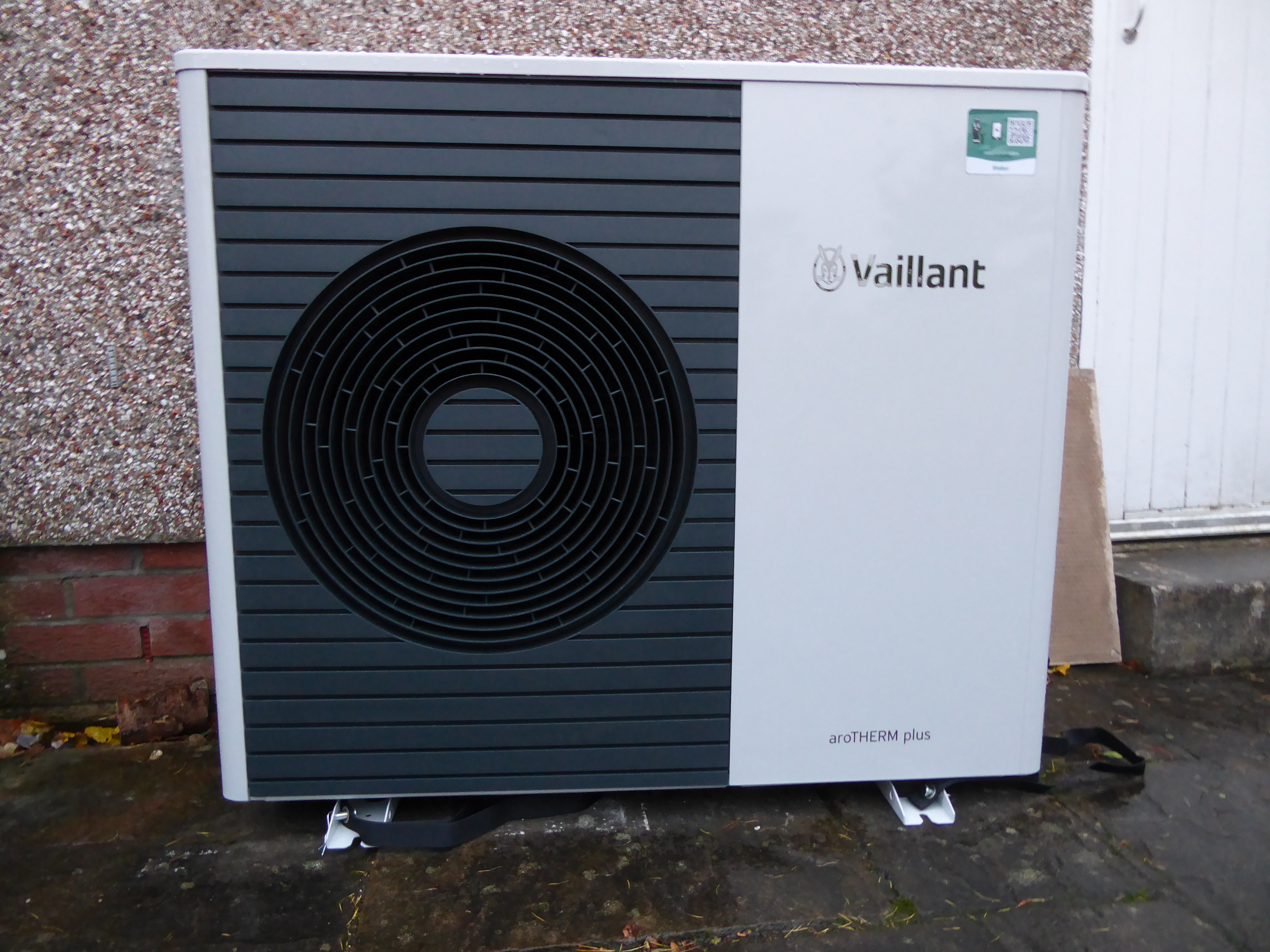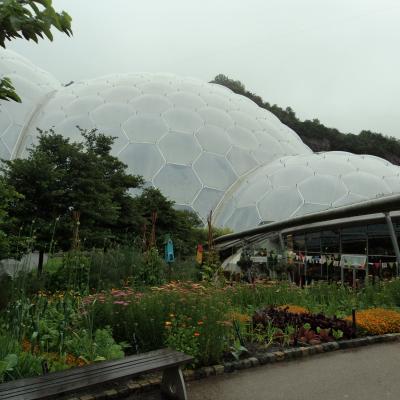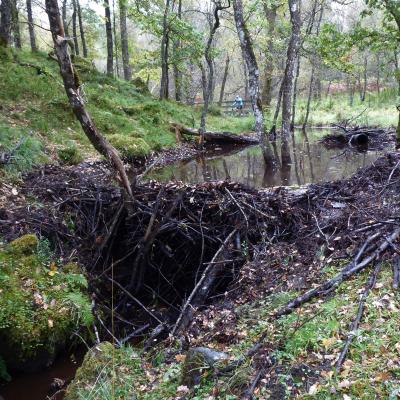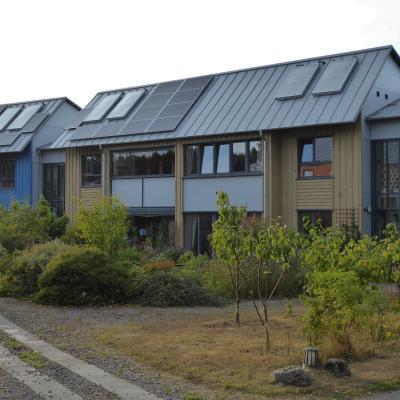Learn from my experience of installing a heat pump at home.
My home electrification project is going ahead at pace. First an electric car and charger, then solar pv and battery, now a heat pump. Smart meter next!
The choice
I picked Green Home Systems as my contractor. They calculated the heat loss and recommended an 8.5kw Mitsubishi or 7kw Valliant Ecotherm heat pump. Mitsubishi were in favour as they manufacture in Scotland, but we chose Valliant because their heat pump has been designed to eliminate refrigerants that can add to global warming, and because their heat pump looks nicer!
We claimed a £7500 grant plus a £2500 loan from Home Energy Scotland. You can read about the application process here.
What needed to be done?
Our home is from the 1960’s but we have updated the insulation. We have done what we can – attic insulation, cavity wall insulation, double (and some triple) glazing. We plan to install underfloor insulation. However, a heat pump runs most efficiently at a much lower temperature than a gas distribution system. Perhaps at 45 degrees rather than 70 degrees. So, you need larger radiators, and in our house, we also needed larger diameter pipes to connect the radiators. We replaced the gas boiler inside the garage by a heat pump outside the garage. We replaced the hot water tank by a similar sized one, in our case in the utility room but it could have been placed in the garage.
The old steel radiators went to a scrapyard, I sold the old hot water tank on E-bay.
There are alternatives. Underfloor heating would be even more efficient but more expensive and disruptive to fit. A ground source heat pump would also be more efficient, but it would be costly to drill down to access the warmer ground.
The painful process
Green Home Systems sub-contracted much of the installation to MJM Plumbing and Heating Services (Dundee). They arrived on Monday morning and did a final run through of where the new (larger) radiators would go. Then the disruption started with the water supply cut off for the day as they dismantled the old hot water tank and pipework. On Tuesday they fitted the new radiators and installed the new hot water tank and buffer tank. On Wednesday they installed the new (wider) pipework under the upstairs floorboards and continued to install the pipework around the hot water tank. On Thursday they installed pipework downstairs and the electrician wired things up. On Friday they spent much of the day crawling under the floorboards, connected the whole system together and switched it on. A busy week.
They were back promptly the following week to fix a small leak, to fill in some holes in the floorboards and to remove air from some of the radiators. We also chose to remove our gas fire, and this required some joinery and plastering to fill in the gap.
Why install a heat pump?
To reduce our carbon footprint. The average UK household emits 2 tonnes of carbon dioxide each year from burning gas in their home to heat their house and provide hot water. However, our electricity grid is already dominated by low carbon supplies of renewable energy and nuclear and is heading towards near zero emissions by 2030. So, by installing a heat pump, which runs off electricity, we will soon be saving around 2 tonnes of carbon emissions every year. Also, the UK’s electricity is nearly all generated within the UK whilst gas is imported from Norway and Qatar (not directly from Russia now) so there are geopolitical benefits too.
Won’t it cost more?
This is complicated and you will have to await my analysis after a few months of operation. But, in any case my primary motivation is to cut my direct carbon footprint.
The capital cost is clearly more than a gas boiler, but then you can offset this with a grant (£5,000 in England and Wales).
The running cost comparison is rather complicated and will depend on your circumstances. Electricity is currently 3.5 times more expensive than gas. Your gas boiler is likely to run at around 85% efficiency, so gas heating is around 3 times cheaper per unit, but this is balanced by the 3 units of heat you get from a heat pump (it extracts heat from the air) – so the net effect is a very similar cost to heat your home from natural gas versus a heat pump!
Then there is the exciting and good news!
The UK Government has said that it wants to ‘rebalance’ tariffs and taxes between gas and electricity so that the difference in price between the two fuels will narrow.
We have solar panels which will produce some ‘free’ electricity. This can be stored in our battery enabling the panels to run some of the heat pump and certainly most of our hot water in spring and summer. The solar won’t however do much in the winter when the heat pump is really needed.
Once we get our smart meter fitted (it is on order) we will be able to move to Octopus’s tariff which offers cheap overnight electricity. So, we will be able to heat all our hot water overnight at a rate cheaper than gas. Hot water is around 20% of your total heating bill.
We will also be able to charge our battery using cheap overnight electricity then use this stored electricity to run the heat pump during the day.
Even if you don’t have a roof suitable for solar pv, you should be able to access cheap overnight tariffs and/ or install a battery.
Conclusions, and the way forward
Early days yet but it looks promising. I have set it so that the whole house is kept at a warmish temperature. It heats up very slowly, so you need to keep some heating on most of the night. I am still experimenting with the best way to set the timer and thermostat. If you have any advice, please contact me at This email address is being protected from spambots. You need JavaScript enabled to view it.. I will write another blog once I have got my head round the statistics for energy use and costs.
Carbon Choices
Don’t miss my future blogs! Please email me at This email address is being protected from spambots. You need JavaScript enabled to view it. and I will send you each new blog as I publish them.
You might also enjoy my book, Carbon Choices on the common-sense solutions to our climate and nature crises. Available direct from me or http://www.carbonchoices.uk/index.php/buy. I am donating one third of profits to rewilding projects.
Follow me at carbonchoicesuk (twitter), carbonchoices (Facebook), carbonchoices (Instagram).









